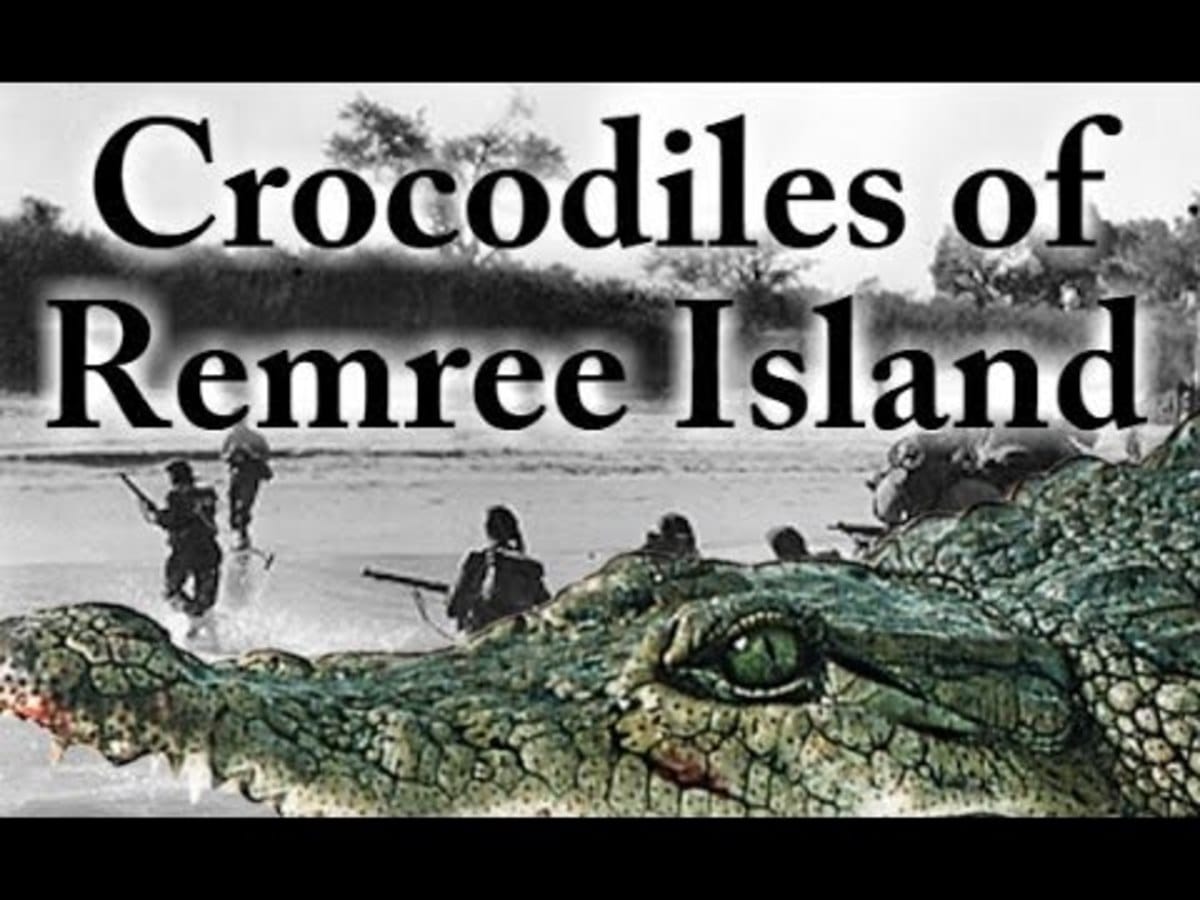Shrouded in myth and historical controversy, Ramree Island remains largely inaccessible, its pristine beauty juxtaposed with a turbulent past. While the infamous crocodile massacre during WWII continues to fuel debate, Ramree Island’s restricted access is primarily due to modern geopolitical factors. Home to diverse ecosystems and a tragic history, Ramree Island represents a complex case study in ecological and political sensitivity.
Echoes of War: Ramree Island’s Place in History
Off the coast of Myanmar, nestled in the Bay of Bengal, lies Ramree Island – a place where echoes of World War II mingle with the rustling of dense mangrove forests. This isn’t just a remote island; it’s a living testament to a fierce battle between British and Japanese forces, the scars of which remain etched upon the landscape.
[https://www.lolaapp.com/]
The Crocodile Legend: Separating Fact from Folklore
Emerging from the fog of war, the story of the Ramree Island Crocodile Massacre has captivated and horrified readers for decades. Imagine, if you will, hundreds of Japanese soldiers, defeated and disoriented, seeking refuge in the island’s treacherous swamps. The legend claims that instead of finding safety, they encountered a nightmare – massive saltwater crocodiles lurking in the murky depths.
While the harrowing imagery persists, the actual number of victims remains a point of contention among historians. Some argue that the event was grossly exaggerated, fueled by the chaos of war and the human penchant for sensationalism. Others maintain that while the numbers may be debated, the presence of these apex predators undoubtedly posed a real threat to those who dared to enter their domain.
Was it a coordinated attack of hundreds, as dramatically portrayed? Or a handful of unfortunate encounters magnified by time and retelling? The truth, as is often the case, likely lies somewhere in between.
[https://www.lolaapp.com/]
Unveiling the Reality: Why Ramree Island Remains Off-Limits
Despite its allure as an untapped paradise, navigating the political complexities and ethical considerations surrounding Ramree Island presents significant challenges for potential visitors. The region surrounding Ramree Island, Rakhine State, has been embroiled in internal conflicts and political tensions for decades, making travel there highly restricted and potentially dangerous.
Imagine for a moment the complexities of the situation:
- Political Instability: Rakhine State has been marked by violence and displacement, making it unsafe for casual tourism.
- Government Restrictions: Due to the ongoing unrest, the Myanmar government has imposed strict travel restrictions on foreigners entering the region.
- Limited Infrastructure: Even if permits were granted, underdeveloped roads and limited tourist facilities make reaching and navigating the island incredibly difficult.
The reality is that accessing Ramree Island isn’t simply a matter of booking a flight and packing a bag. It requires navigating a complex web of political realities, ethical considerations, and logistical hurdles – hurdles that make it virtually impossible for the average traveler.
[https://www.lolaapp.com/]
The Ramree Island Crocodile Massacre: History’s Deadliest Crocodile Attack or Wartime Myth?
Let’s delve deeper into the heart of the legend – the infamous Ramree Island Crocodile Massacre. This event, etched into history as potentially the deadliest animal attack on humans, continues to fascinate and horrify, blurring the line between historical fact and wartime horror.
The Setting:
- Location: Ramree Island, Burma (now Myanmar)
- Date: February 1945
- Context: The Battle of Ramree Island raged, a strategic struggle between British and Japanese forces in the Pacific Theater of World War II.
The Incident:
The commonly told narrative paints a gruesome picture:
- Retreat: Following a brutal defeat, an estimated 400 to 1,000 Japanese soldiers attempted to retreat through 10 miles of dense, crocodile-infested mangrove swamps.
- Ambush: As darkness fell, the soldiers, exhausted and vulnerable, were allegedly ambushed by hundreds of saltwater crocodiles, some exceeding 20 feet in length.
- Carnage: The swamps, according to legend, transformed into a scene of unimaginable carnage, with the water running red and the air filled with the sounds of snapping jaws and desperate screams.
The Eyewitness Account:
Bruce Stanley Wright, a British soldier and naturalist present during the battle, provided a chilling account in his 1962 book, “Wildlife Sketches Near and Far.” Wright described the event in vivid detail, claiming to have witnessed the aftermath – a gruesome testament to nature’s brutal power.
The Controversy:
- Lack of Official Records: Despite its notoriety, the alleged scale of the crocodile attack is not corroborated by official military records from either side of the conflict.
- Alternative Explanations: Historians and researchers propose that a combination of factors likely contributed to the high number of Japanese casualties, including:
- Combat losses
- Disease
- Dehydration
- Attacks by other wildlife (sharks were also present in the surrounding waters)
The Power of a Good Story:
The enduring fascination with the Ramree Island Crocodile Massacre raises questions about the nature of truth, memory, and storytelling, especially in the context of war:
- Exaggeration and the Fog of War: Were the events embellished over time, fueled by the chaos and trauma of war?
- The Allure of the Macabre: Does the story’s enduring popularity stem from a human fascination with the macabre and the terrifying power of nature?
The Ramree Island Crocodile Massacre, regardless of its factual accuracy, serves as a stark reminder of the brutal realities of war and the enduring power of stories to capture our imaginations, even as we grapple with their veracity.
[https://www.lolaapp.com/]
Beyond the Headlines: The Complex Reality of Ramree Island
Ramree Island is more than just a setting for a wartime legend. It’s a place of remarkable biodiversity, a tapestry woven with rich ecosystems and a turbulent human history.
- Biodiversity Hotspot: The island boasts a stunning array of flora and fauna, including dense mangrove forests, vibrant coral reefs, and a diverse range of animal life.
- Cultural Heritage: Ramree Island is home to indigenous communities who have lived in harmony with its natural rhythms for generations. Their traditions and way of life offer a glimpse into a world untouched by the outside world.
- A Delicate Balance: Today, Ramree Island faces the challenge of balancing progress with preservation. The potential for ecotourism exists but requires careful consideration to avoid harming the fragile ecosystems and respecting the cultural heritage of its people.
Key Takeaways:
- The Incident of Ramree Island refers to the alleged crocodile attack on Japanese soldiers in 1945 after a World War II battle, but its scale remains highly disputed.
- Saltwater crocodiles, known for their size and aggressive nature, are native to the mangrove swamps surrounding Ramree Island, making encounters a real possibility.
- The lack of definitive proof, coupled with potential biases in historical accounts, necessitates a critical examination of the event and its place in history.
The Incident of Ramree Island, regardless of its actual scale, highlights the brutal realities of war and the unpredictable nature of our planet’s wild places. It serves as a reminder that sometimes, the most dangerous predators aren’t found on the battlefield, but in the shadows of the natural world.
[https://www.lolaapp.com/]
Did you know that the stunning shergar horse was stolen from his stable in 1983 and has never been found? In more recent news, check out these young Griselda Blanco pictures.













2 thoughts on “Ramree Island, Myanmar: History, Legend, and the Echoes of War”
Comments are closed.